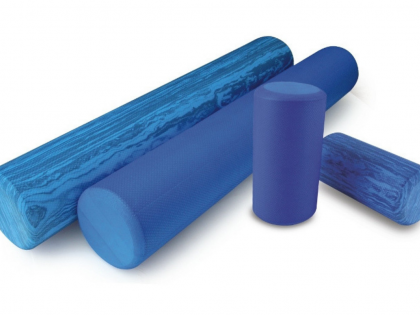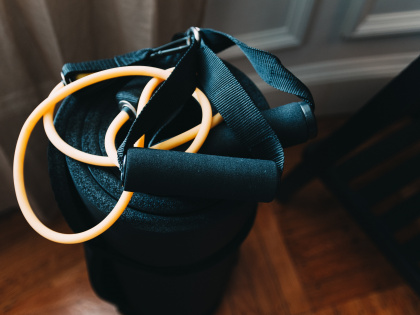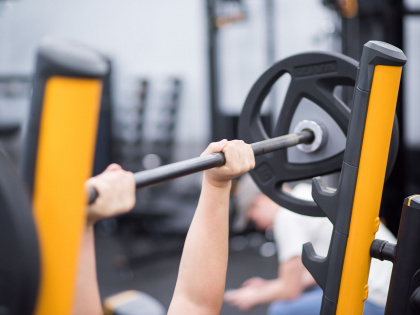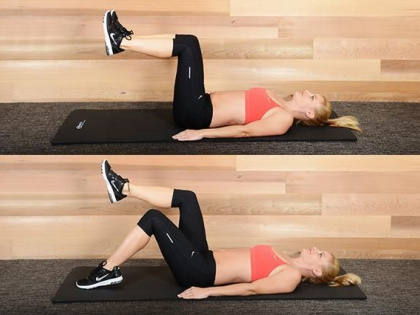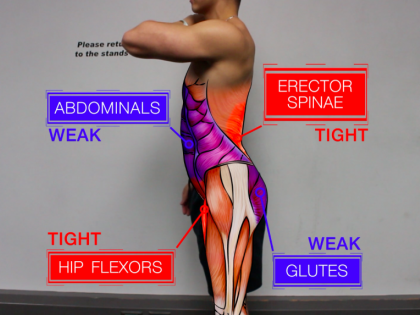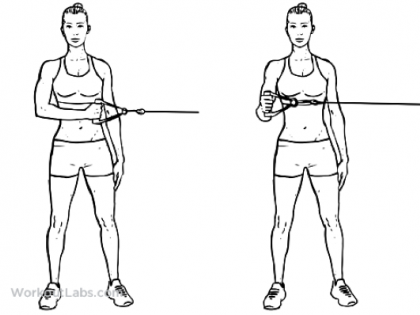What is foam rolling?
Foam rollers can seem like a daunting piece of equipment especially with many people describing it as “torture”. In actual fact, they can form a very beneficial part of your gym routine. Foam rolling is a form of “self-myofascial release” – basically a fancy term to describe self-massage techniques. When used in conjunction with other recovery techniques and an appropriate exercise program, it can help correct muscle imbalances, reduce trigger points (knots within muscles) and inhibit overactive muscles.

